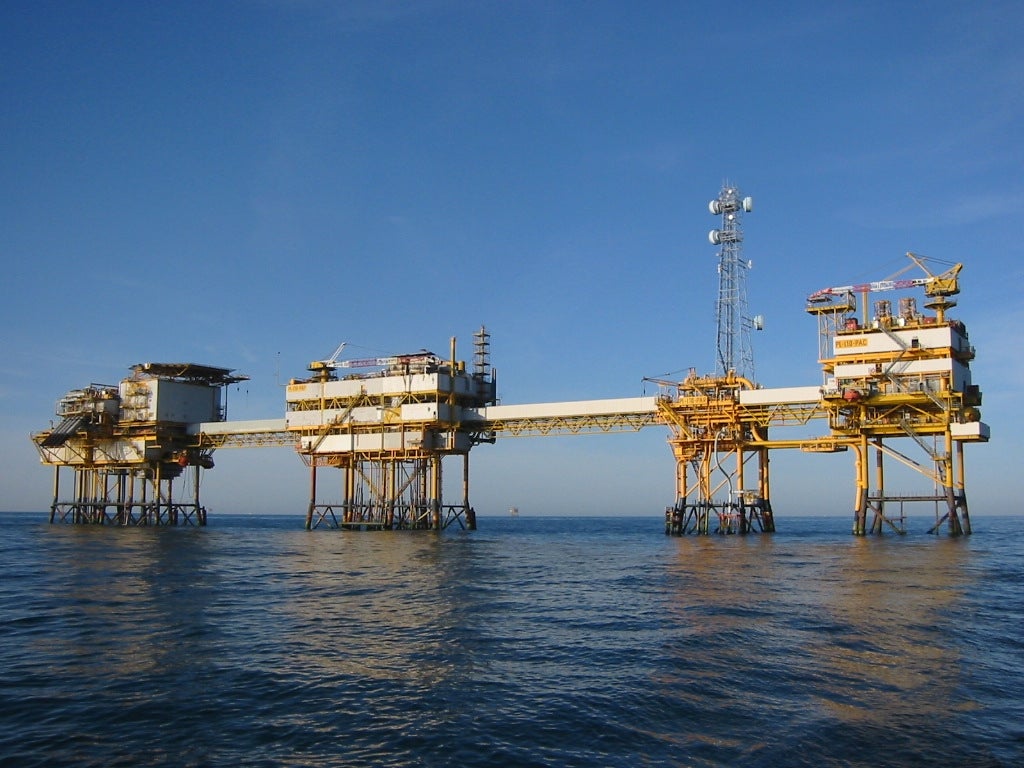
Independent oil and gas company Neptune Energy has announced it will be developing digitised versions of two of its offshore platforms in the Dutch North Sea, in a bid to streamline operations at the sites and prepare for the launch of a carbon capture and storage (CCS) project at the platforms.
The ‘digital twins’ of the L10-A platforms will be created by UK-based 3D tech specialist Eserv and will apparently allow for an estimated 4,100 hours of work to be carried out by engineers and integrity specialists onshore.
A digital twin is a virtual model of a physical site which allows workers to run simulations and analyse data onshore – offering a means of streamlining operations that takes away the need for workers to travel to and from the site. This allows companies to cut down on travel emissions associated with these visits, as well as adding predictability, cost and time savings.
In a press release, Neptune’s chief information officer Kaveh Pourteymour said: “These two new additions will allow us to maximise those benefits while also expanding the use of ‘digital twins’ beyond our traditional E&P activities. We believe their implementation can help accelerate our drive to repurpose existing facilities to deliver large-scale CCS facilities.”
The group is planning a large-scale CCS development at the L10-A offshore platform, which would be one of the largest facilities of its kind in the Dutch North Sea. The combined capacity of the abandoned L10-A, L10-B, and L10-E gas fields would allow for storage of between 120-150 million tonnes of CO2 – representing more than 50% of the carbon reduction volumes targeted by the Dutch industrial sector.
How well do you really know your competitors?
Access the most comprehensive Company Profiles on the market, powered by GlobalData. Save hours of research. Gain competitive edge.

Thank you!
Your download email will arrive shortly
Not ready to buy yet? Download a free sample
We are confident about the unique quality of our Company Profiles. However, we want you to make the most beneficial decision for your business, so we offer a free sample that you can download by submitting the below form
By GlobalDataSee Also:
Under Neptune’s proposed plan, between five and eight million tonnes of CO2 would be injected annually into these depleted gas fields.
Lex de Groot, managing director of Neptune Energy in the Netherlands, said: “As the largest offshore gas producer in the Dutch sector of the North Sea, we are well-positioned to help the Netherlands achieve its climate goals by repurposing existing assets for CO2 storage or green hydrogen production.
“Embedding modern technologies in this way ensures we can plan work, inspect plant equipment, and monitor changes in the physical structure, or identify potential issues early and accurately, increasing our chance of success and enabling us to deliver against much shorter timescales.”
Neptune already has five digital twins in operation, showing sites in the UK, Norway, and Dutch North Sea.




